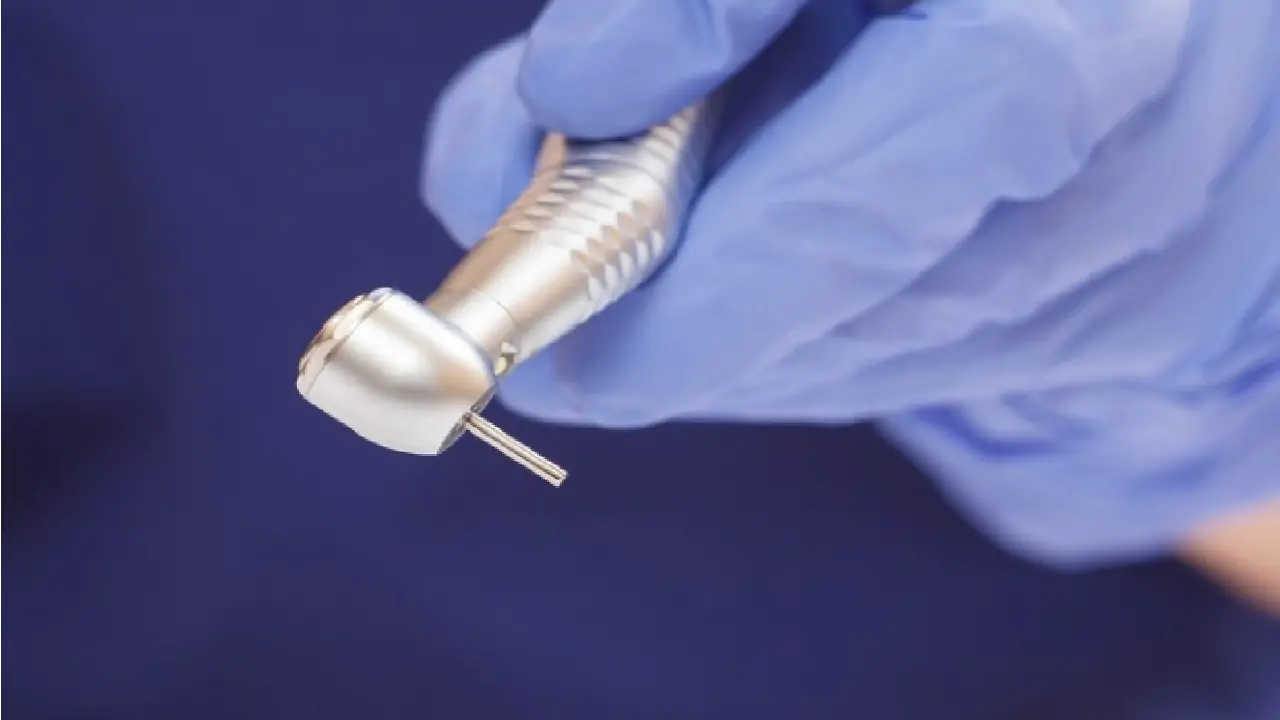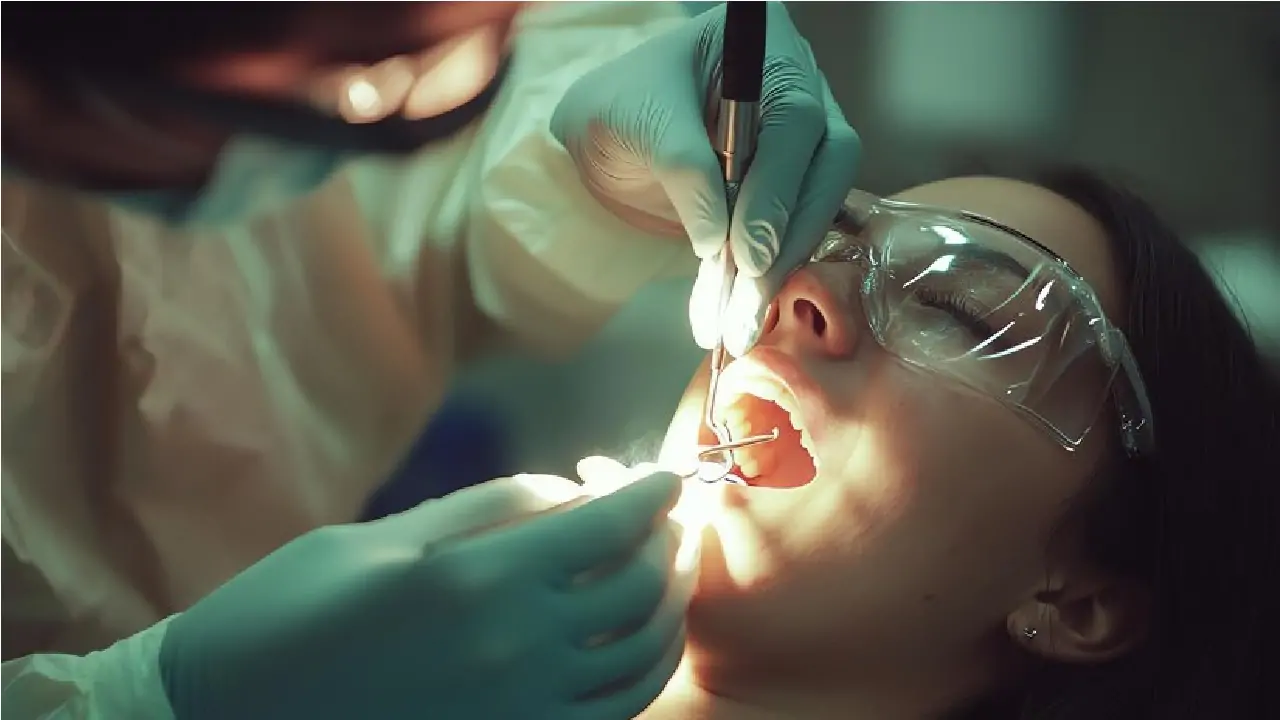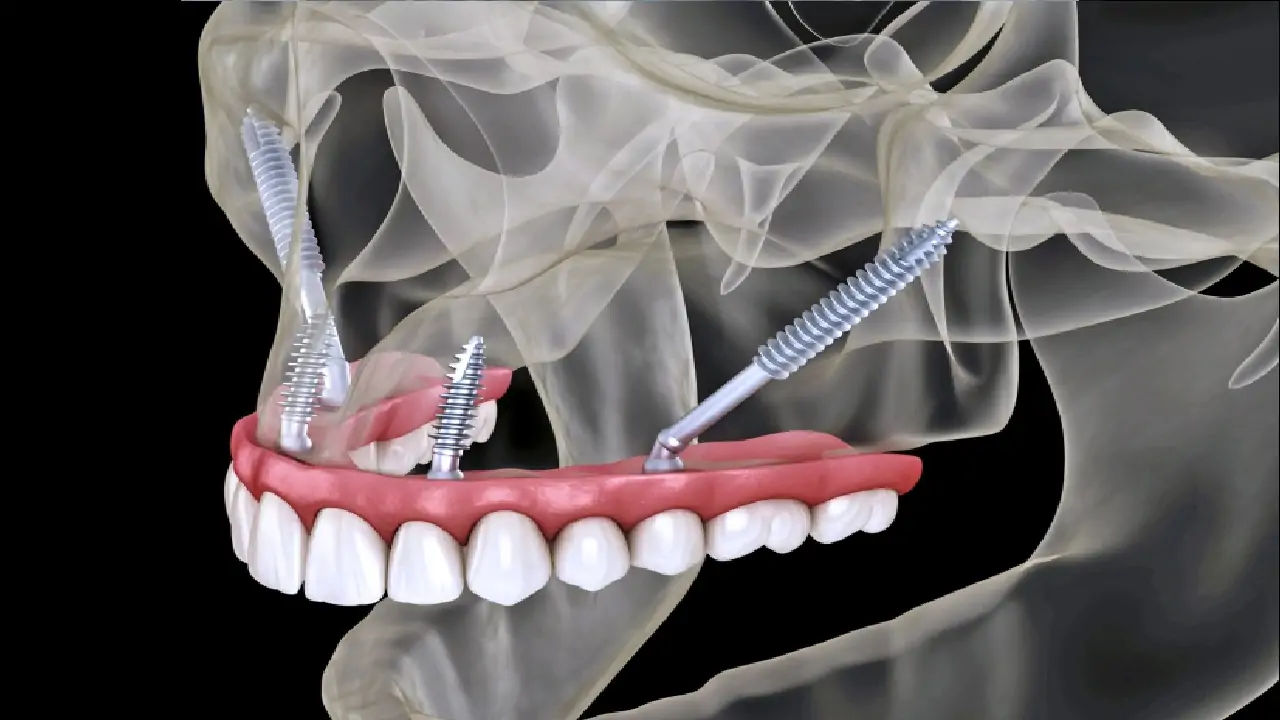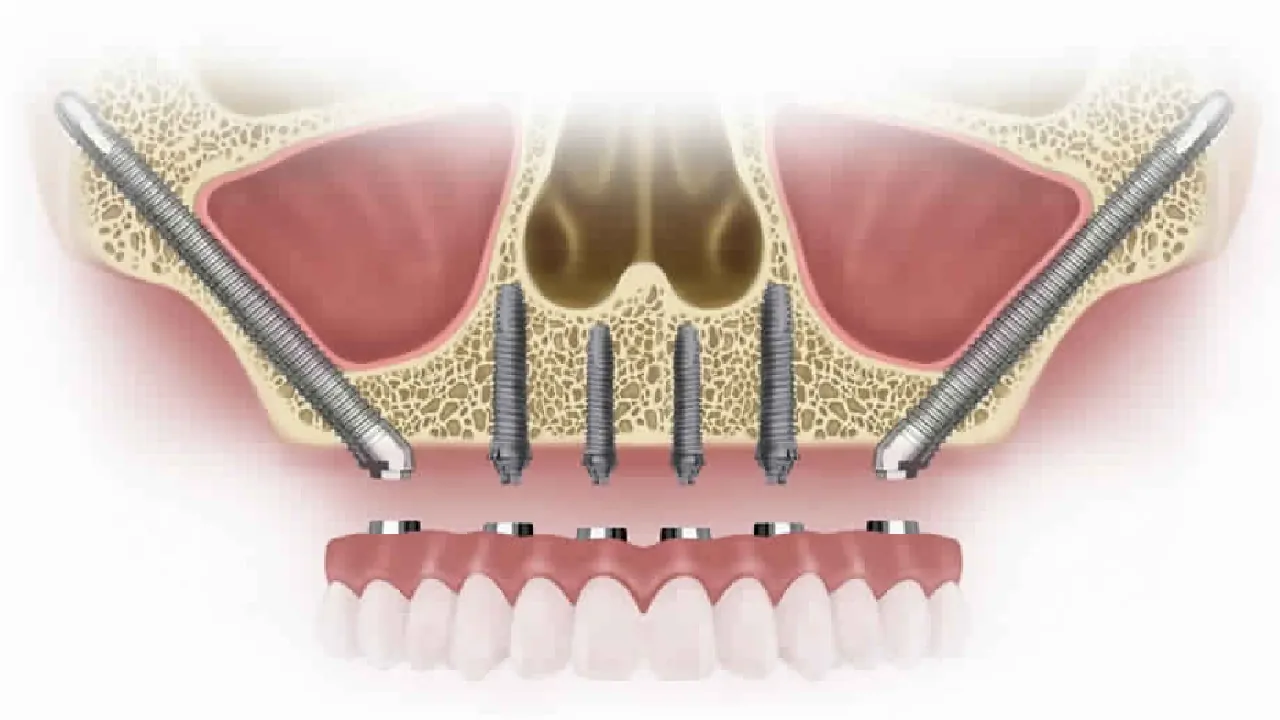Having zygomatic implants with local anesthesia offers several important advantages and conveniences. This procedure, used for those experiencing bone loss in the upper jaw, provides effective solutions for addressing missing teeth. Even if patients have insufficient upper jaw bone density, dental implant treatment can be performed using this method. The following article details the advantages of zygomatic implants with local anesthesia.
What is a Zygomatic Implant?
Zygoma implants are a special method used for patients who have experienced bone loss in the upper jaw. This procedure is used for dental implant treatment. While artificial tooth roots are normally placed into the upper jawbone, in this procedure, they are placed into the cheekbone.
The length of dental implants typically ranges from 8 to 15 mm, while zygomatic implants used for patients with advanced bone loss range from 30 to 50 mm in length. Due to their length, zygomatic implants can easily be placed into the cheekbone, creating a sturdy artificial tooth root. Moreover, this procedure is performed under local anesthesia, which provides additional benefits.

Advantages of Zygomatic Implants
Zygomatic implants offer several advantages, some of which are outlined in the table below:
| Advantages | Description |
|---|---|
| No Bone Grafting Required | For those with bone loss and decreased bone density, bone grafting is an option. However, with this procedure, bone grafts are unnecessary as the implants are placed directly into the cheekbone. |
| Shorter Treatment Time | Zygomatic implants with local anesthesia shorten the treatment time. Patients are often discharged the same day, and prosthetics are applied earlier compared to standard dental implants. |
| Local Anesthesia | This procedure can be performed under general anesthesia, but local anesthesia is preferred in most cases. |
| High Success Rate | This method has a high success rate, reaching up to 99% with experienced surgeons. |
| Durability | Zygomatic implants are placed into the cheekbones, which are highly durable, making the implants strong and long-lasting. |
Who is Eligible for Zygomatic Implants?
Despite the many advantages of zygomatic implants with local anesthesia, this procedure is not suitable for every patient. The primary requirement is that the patient’s bone development must be complete, which means it is not applicable in pediatric dentistry.
The procedure is aimed at resolving missing teeth in the upper jaw. Those with missing upper teeth and one or more of the following conditions may consider zygomatic implants with local anesthesia:
- Severe bone loss in the upper jaw (upper jaw bone density unsuitable even for grafting)
- Previous failed dental implant treatments
- Patients with bone resorption
- Trauma to the upper jaw
- Removal of tumors from the upper jaw
Doctors make the final decision on whether patients are suitable candidates for zygomatic implants with local anesthesia. After a detailed examination, eligible patients undergo surgery for the procedure.

How are Zygomatic Implants Done?
Zygomatic implants with local anesthesia are a treatment option for patients with insufficient bone density in the upper jaw. The procedure typically takes 2-3 hours, depending on the number of implants and the patient’s jaw structure. While steps may vary for each patient, the general process includes:
- Evaluating the patient’s overall health, oral, and dental condition. Volumetric tomography is used to assess the jaw and cheekbone structure.
- Once deemed suitable for zygomatic implants with local anesthesia, a treatment plan is devised.
- Local anesthesia is administered to prevent pain or discomfort during the procedure.
- Zygomatic implants are placed at a predetermined angle and point. Temporary prosthetics are applied to ease the implant-bone integration process.
- Once osseointegration is achieved, the temporary prosthetics are replaced with permanent ones, completing the process.
The Advantages of Zygomatic Implants with Local Anesthesia
Here are some key advantages of having zygomatic implants with local anesthesia:
Lower Risk
Local anesthesia is the preferred choice due to fewer risks compared to general anesthesia, which may cause complications involving the heart, lungs, or other vital organs.
Faster Recovery
General anesthesia can prolong recovery, but with local anesthesia, recovery begins immediately without side effects like dizziness or nausea.
Cost-Effective Zygomatic Implants with Local Anesthesia
Patients are often discharged the same day with local anesthesia, avoiding additional hospital stay costs that come with general anesthesia.
Shorter Preparation Time
Preparation for general anesthesia is longer, involving precautions against complications, while local anesthesia requires a shorter preparation period.

Frequently Asked Questions About Zygomatic Implants with Local Anesthesia
What are Zygomatic Implants?
Zygomatic implants are placed in the cheekbone to address missing teeth. Unlike traditional implants, which are inserted into the jawbone, these are placed into the cheekbone.
What are the Advantages of Zygomatic Implants with Local Anesthesia?
The advantages include faster recovery, lower risk, shorter preparation, and cost-effectiveness.
What is the Zygomatic Bone?
The zygomatic bone, also known as the cheekbone, is known for its durability and is used in implant treatments.
Can Zygomatic Implants be Performed with Local Anesthesia?
Yes, zygomatic implants can be performed with local anesthesia, ensuring a comfortable experience for the patient.
How Long Do Zygomatic Implants Last?
With proper oral hygiene and regular check-ups, zygomatic implants can last over 20 years.





